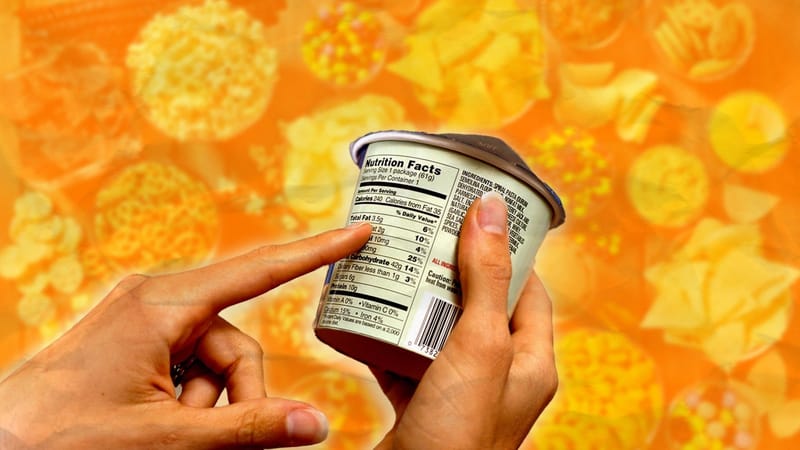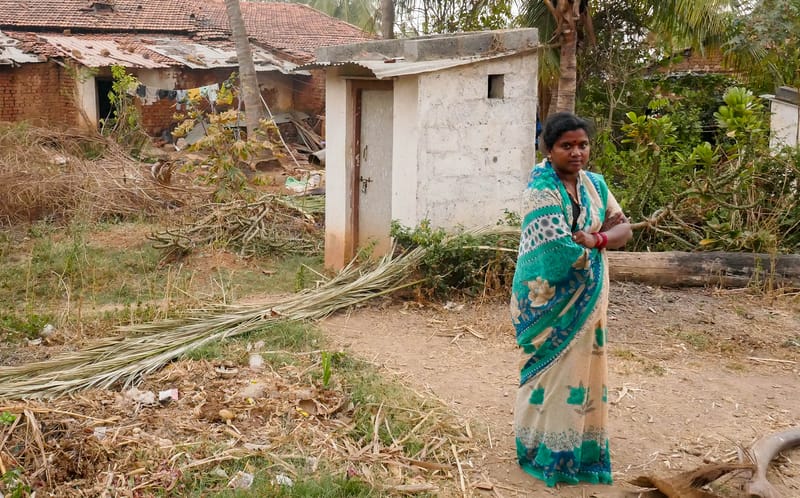World’s largest school lunch project fights child malnutrition and encourages education
The world’s largest school lunch project feeds India’s most underprivileged students in a bid to tackle high rates of child malnutrition, child labour and school drop-outs. BY KIRSTI WEISZ Not a single student in the rural public high school...
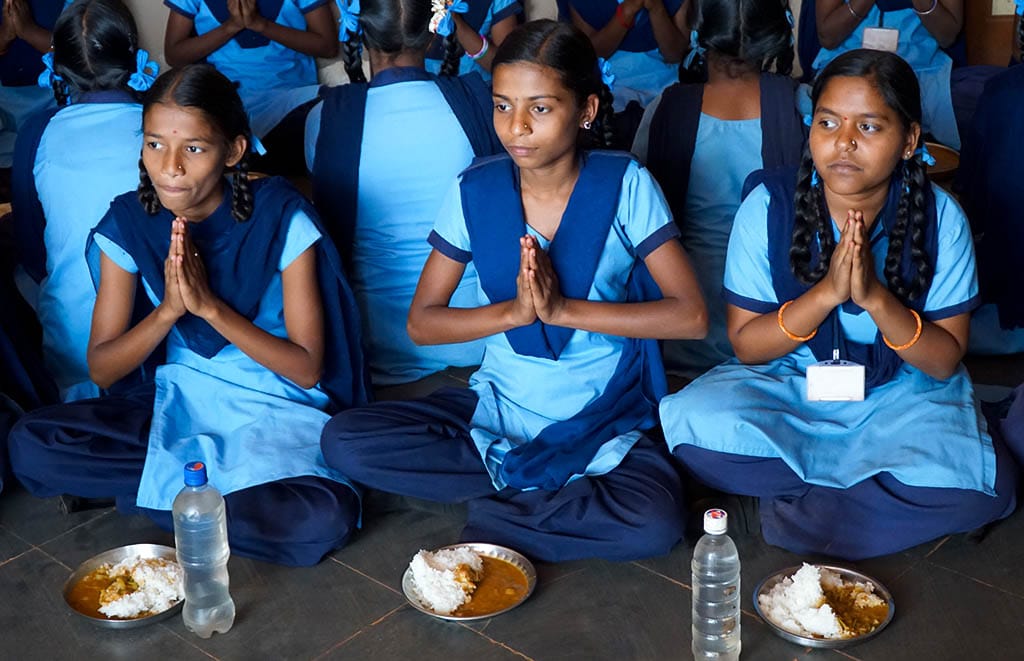
The world’s largest school lunch project feeds India’s most underprivileged students in a bid to tackle high rates of child malnutrition, child labour and school drop-outs.
BY KIRSTI WEISZ
Not a single student in the rural public high school Navanagar, located near Hubli in India, carries a packed lunch to school.
Instead, as soon as the bell rings for lunch, the students line-up for a meal cooked by the not-for-profit organisation Akshaya Patra.
For Navanagar school student Jyothi, 16, the midday meal the organisation provides is one of the highlights of her day.
“The food is nice and I like it most in my day… we get vitamins and carbohydrates,” she says, practising her English.
Jyothi also says she looks forward to the sweets which are included once a week in the meals.
These sweets used to only be served on Thursdays but this changed when Akshaya Patra noticed school attendance was higher on that day. Now, the organisation surprises the students with the sweets on any day of the week.
Jyothi and her friends laugh when asked about the sweets.
“The sweets are really good and very delicious, we all like that,” she says.
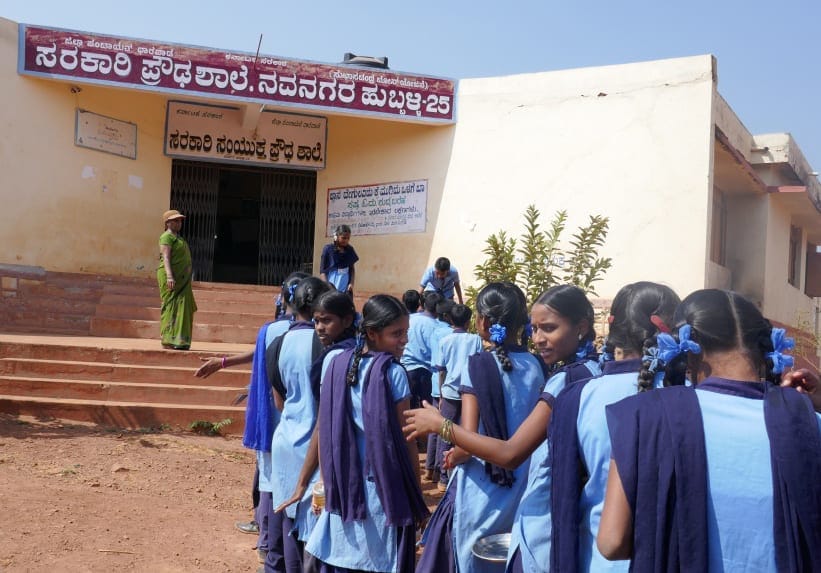
The Akshaya Patra Foundation feeds over one million underprivileged students daily with its Midday Meal Scheme to combat child malnutrition and encourage school attendance. This includes more than 13,500 government and government-aided schools across India.
The meals are catered according to the different region a school is located in. In the north of India, chapattis, dahl and sabji are served whereas the food provided in the south is rice, sambhar, vegetables and yoghurt. This acknowledges the cultural and regional appetites of the children across the 11 Indian states the project covers.
Rajesh Patki, a spokesperson for Akshaya Patra, says the meals are a very important part of the day for students, many of whom would otherwise not have lunch.
“Some of the children I have met … don’t know the concept of breakfast, they don’t eat anything in the morning,” Mr Patki says.
“For such children [this project] is very, very important. And it’s not just any food, this is very fresh [and] tasty food…. since it is nutritious it also helps with the improvement of their health and it also indirectly helps [them] study.”
Child malnutrition rates in India are among the highest in the world with nearly half of the children being underweight, according to the World Bank. Malnutrition can affect many aspects of a child’s life including their vulnerability to illness, their ability to learn and their chances of survival.
The organisation’s vision is for no child in India to be deprived of education because of hunger. The current goal is to feed five million students daily by 2020.
Akshaya Patra went from providing lunch to 1,500 students back in 2000 to now feeding 1.6 million students across India.
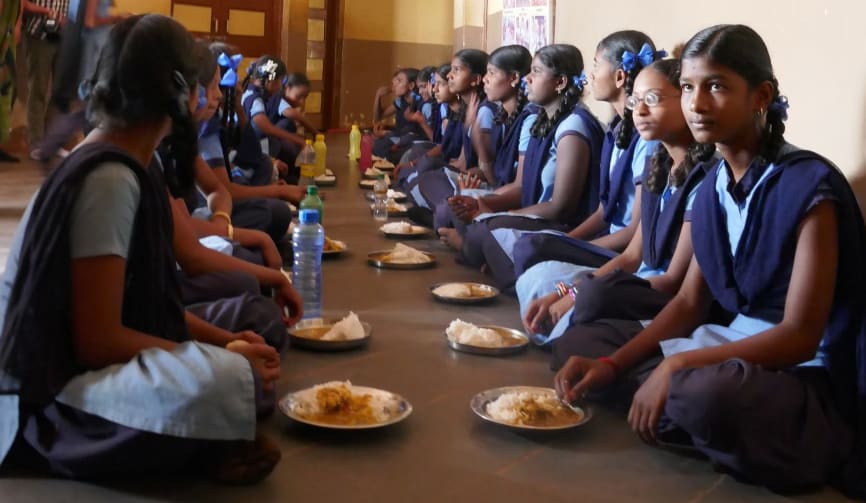
Mr Patki says the project also addresses the issue of poverty through encouraging education.
“There’s an issue of poverty here in this country, so many kids go to work instead of school.
“Because of this program and providing food at school, many kids come back to school and this is how we provide them [with] education.
“When all are educated, then we don’t need to face so many social problems,” Mr Patki says.
India suffers from a high drop-out rate in schools. More than 80 million Indian children drop-out of school before completing eight years – a situation UNICEF described as a state of emergency in 2013. An estimated 9.7 million Indian children are not likely to attend school.
Poverty and the need to complete domestic chores at home are some of the reasons children are not attending schools, particularly for children between the ages of 10 and 14.
Akshaya Patra’s project has been able to persuade parents to send their children to school so they are guaranteed a meal.
School enrolment and attendance has increased since the scheme began, according to a 2014 study into Akshaya Patra’s project.
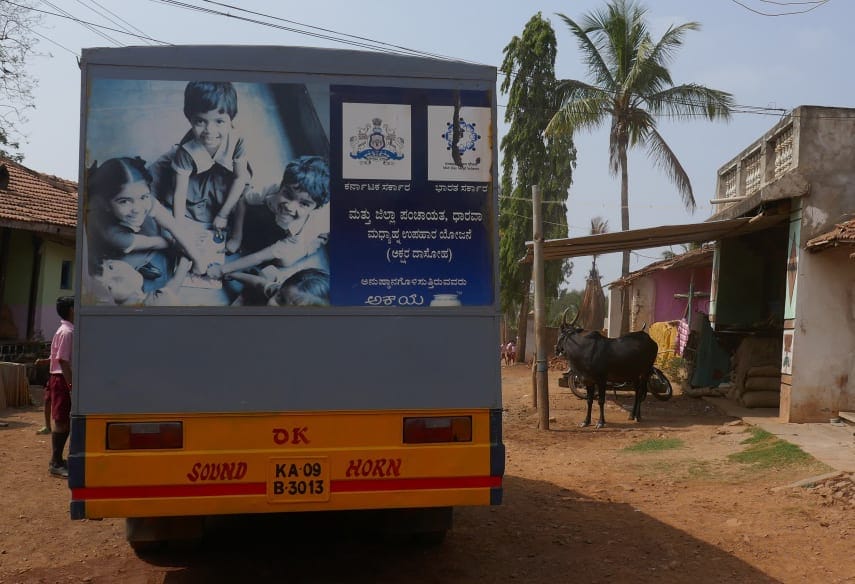
K Parimala, the Hindi teacher at Navanagar School, says attendance was lower before the Midday Meal Scheme came to the school.
“When they eat here, they stay here. So it’s easier for us to teach. When the kids would go home they wouldn’t come back often, so we had to wait for them to resume teaching,” Mrs Parimala says.
“But now, after eating they come straight back into the classroom – the percentages and marks have increased too as a result.”
Besides school attendance and child malnutrition, Akshaya Patra is also fighting the issue of child labour.
Over 11 million children in India are forced labourers with 80 per cent coming from villages. Between 2004-05 and 2009-10, a 45 per cent reduction in child labour occurred due to non-government organisations including Akshaya Patra.
Balu Ningrani, a father of three daughters and one son, says his children would not have attended school if it was not for Akshaya Patra.
“If there was no midday meal [my children] would have been working in a household like a maid or [in some kind of] child labour,” he says.
“So there are many advantages you can find … education, money being saved by the family, abolition of child labour – these are the major ones.”
He also says the quality of the meals are “amazing” for his children and that his daughters initially enjoyed attending school because of the meals.
With a proud smile, Mr Ningrani told Mojo Correspondent that one of his daughters now has a scholarship.
[Interviews with Balu Ningrani and K Parimala conducted via Hindi/English translator]


